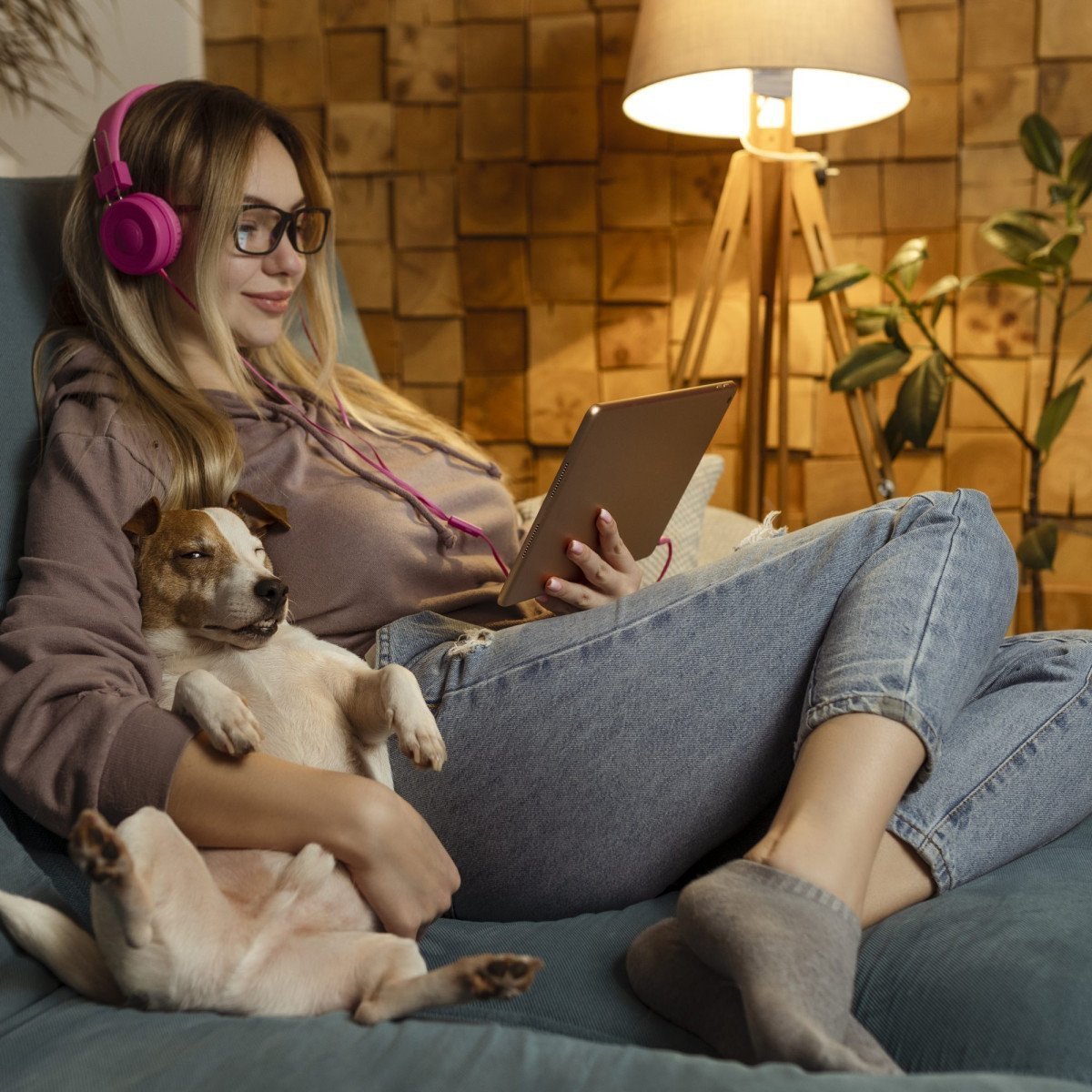Just last week, as I was watching my old, lazy cat, Whiskers, lounging around in his favorite sunlit corner of our living room, a chainsaw of a thought ripped through the peace: ‘What if I can’t remember this someday?’
Do you, dear reader, ever grapple with the idea? Imagine, you’ve got this adorable little furball bounding around your feet, interrupting your work, offering you endless companionable silence, and yet, when time has done its thing and they’re no longer around, all you’re left with are fleeting memories, echoes of their purrs, and faint scratching on the furniture.
Well, allow me to introduce you to the art of pet photography, a poignant genre in the vast spectrum of click-me-to-eternity world. The creative bend in pet photography can surprise you. According to a recent survey, about 65% of pet owners admit to taking more pictures of their pet than their significant other. Can you believe that?
The engaging challenge of pet photography lies in its unpredictability. No two animals of the same species will react the same. It’s not just about getting them to sit pretty; it’s about capturing their essence, their quirks, and their joyful zest.
Let’s draw a parallel between pet photography and another popular genre, architectural photography. Both are about capturing more than just a subject—but their soul and character. It’s not about buildings or pets; it’s about the stories they tell and the emotions they evoke.
Setting the Stage for the Furry Models
Just as aerial views and daring angles make up a significant part of architectural photography, capturing unique perspectives is integral to pet photography. However, the game-changer lies in making your pet comfortable in front of the lens. Just imagine, wouldn’t treats and toys be a more effective incentive for Whiskers, rather than ‘say cheese’?
Patience is not just a virtue; it’s a requisite skill here. Pets might not initially understand why you’re peering at them through a contraption. Let them sniff the camera, associate it with pleasant experiences, and adjust to the camera clicks. The aim is to capture them at their most natural, and that requires a level of trust between you and your pet.
Mood, Lighting, and Composition
Ever noticed how the soft, diffused lighting in late afternoons lends an ethereal quality to your pet’s portraits, while a high contrast light can dramatically emphasize their ferocious playfulness? As a pet photographer, understanding how light affects mood is crucial.
Composition-wise, don’t underestimate the power of a good close-up shot. Imagine capturing an extreme close-up of your pet’s eyes—they say eyes are windows to the soul, after all. But remember, rules can be bent; if you feel a top-down angle aptly captures your pet’s personality, go for it!
Embracing Their Uniqueness and Personality
It’s their unnerving gaze, the playful twist of their body, or that heart-melting smile—every pet carries a unique glow. Capture those, and you’ve got yourself an endearing memory of your furry partner, something countless pet owners are willing to invest in.
Now, you might wonder, ‘How do I get them to behave?’ Don’t force it; let the moments come to you! Some of the most astounding pet shots are those unplanned, spontaneous moments. They’re not humans, and that’s their charm. Embrace the unpredictability. It’s more about you adapting to them, rather than them accommodating you.
‘Okay, I got the shot. What next?’
Post-Processing: Cherry on the Top
This is where you can add that final touch of magic to your images. From brightening those sparkling eyes to accentuating the fluff of their coat, photo editing software can boost your images’ look. But remember, the key is subtlety; it’s about enhancing, not altering.
So, why wait? Grab your camera, knee pads, treats, and let’s dive into the enchanting realm of pet photography. Ready to capture some purr-fect moments?


0 Comment